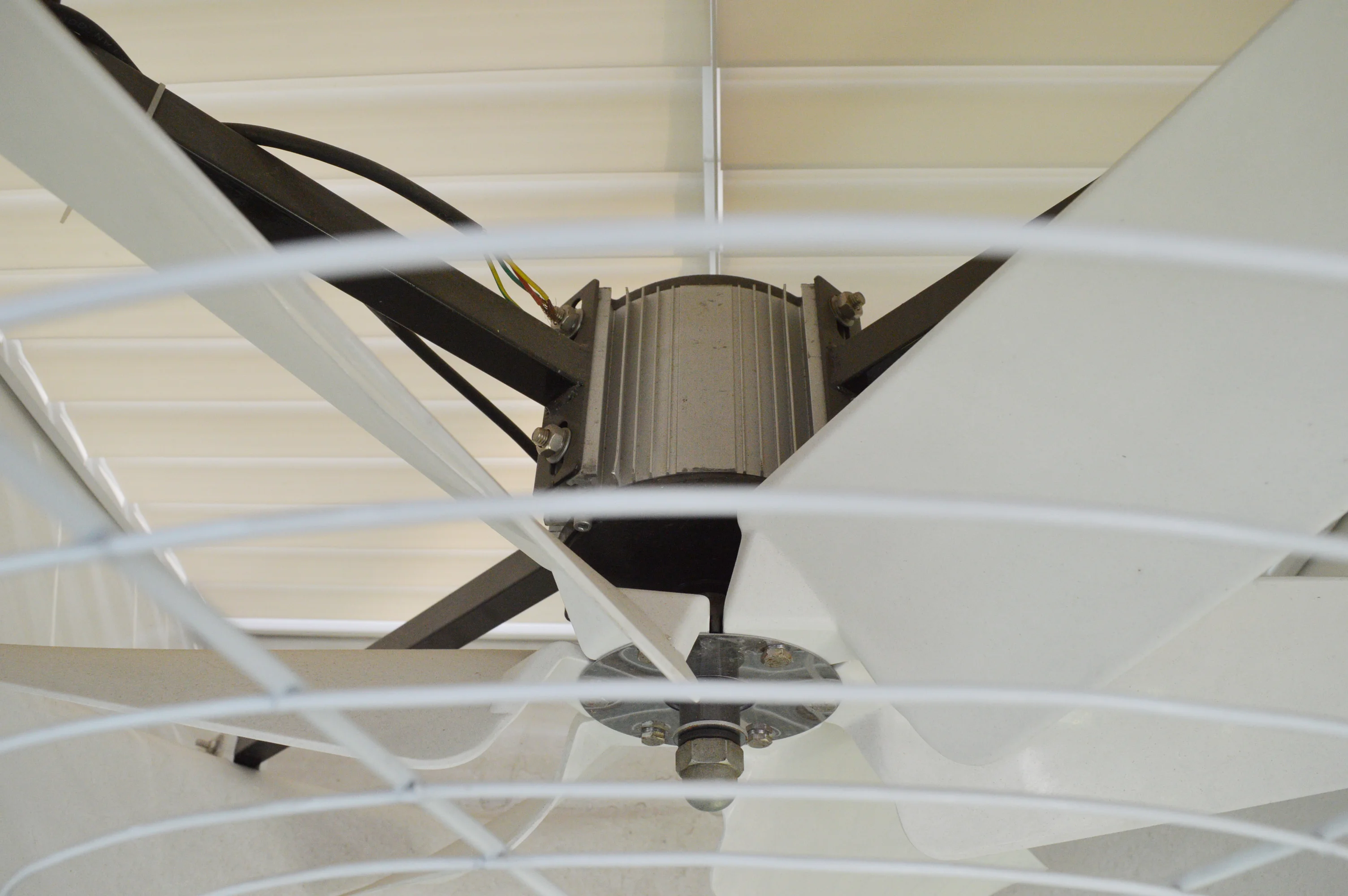layer poultry cages
Nov . 21, 2024 16:52 Back to list
layer poultry cages
Understanding Layer Poultry Cages A Comprehensive Overview
Layer poultry cages are specifically designed housing structures that provide a controlled environment for laying hens. These cages have revolutionized the poultry industry by improving efficiency and biosecurity in egg production. This article discusses the various aspects of layer poultry cages, including their design, advantages, and the impact they have on both animal welfare and productivity.
Design of Layer Poultry Cages
Layer poultry cages come in various designs, but most share common features tailored to enhance productivity and ensure the well-being of the birds. Typically, these cages are tiered, allowing for vertical space utilization. Each tier contains multiple compartments, where hens are housed in groups. Common materials used in cage construction include galvanized steel for durability, and features like sloped floors to facilitate egg collection are often incorporated.
Cages are equipped with automated feeding and watering systems, which minimize labor costs and ensure that hens receive a consistent supply of food and clean water. Good ventilation is crucial in these setups, as it helps maintain an optimal environment for the birds, reducing the risk of respiratory diseases.
Advantages of Layer Poultry Cages
The use of layer poultry cages offers numerous benefits, both economically and operationally.
1. Higher Production Efficiency Cages allow for denser housing and better monitoring of individual birds, resulting in improved feed conversion rates and higher egg production per hen. Each bird can be observed for health issues and productivity, ensuring that any problems are addressed promptly.
2. Improved Biosecurity The design of layer cages minimizes contact between hens and the outside environment, reducing the risk of disease transmission. Biosecurity measures can be more easily implemented, with controlled access and monitoring.
layer poultry cages

3. Ease of Management Layer cages facilitate easier management of the flock. Automated feeding and watering systems, along with built-in egg collection mechanisms, streamline daily operations, reducing labor costs and time.
4. Enhanced Hygiene The raised design of layer cages allows for easier cleaning and maintenance. Manure can be collected and removed efficiently, helping to maintain a sanitary environment that is vital for the health of the birds.
5. Space Efficiency Cages make optimal use of available space, allowing for increased stocking density without sacrificing the welfare of the birds. This efficiency translates into more eggs produced per square meter of barn space.
Animal Welfare Considerations
While layer poultry cages provide various benefits, they also raise concerns regarding animal welfare. The debate around intensive farming practices has led to increased scrutiny of cage systems. Critics argue that confined spaces can restrict natural behaviors, such as nesting and foraging, leading to distress among the hens.
In response to these concerns, many poultry producers are transitioning to enriched cages or even moving towards cage-free systems. Enriched cages provide additional space, nesting areas, and perches, allowing hens to express more natural behaviors while still benefiting from the advantages of controlled environments.
Conclusion
Layer poultry cages play a significant role in modern egg production, offering practical solutions for farmers aiming to maximize efficiency and productivity. While they present several advantages, ongoing discussions about animal welfare highlight the need for responsible practices within the industry. As consumer preferences shift towards higher welfare standards, the poultry sector is likely to continue evolving, balancing productivity with the ethical treatment of animals.
As the poultry industry moves forward, embracing innovation and sustainability in layer poultry cage design will be crucial in meeting both economic goals and ethical responsibilities. The journey towards responsible poultry farming is just as important as the end product, and it calls for the collaboration of producers, consumers, and regulators alike.
-
Hot Sale 24 & 18 Door Rabbit Cages - Premium Breeding Solutions
NewsJul.25,2025
-
Automatic Feeding Line System Pan Feeder Nipple Drinker - Anping County Yize Metal Products Co., Ltd.
NewsJul.21,2025
-
Automatic Feeding Line System Pan Feeder Nipple Drinker - Anping County Yize Metal Products Co., Ltd.
NewsJul.21,2025
-
Automatic Feeding Line System - Anping Yize | Precision & Nipple
NewsJul.21,2025
-
Automatic Feeding Line System - Anping Yize | Precision & Nipple
NewsJul.21,2025
-
Automatic Feeding Line System-Anping County Yize Metal Products Co., Ltd.|Efficient Feed Distribution&Customized Animal Farming Solutions
NewsJul.21,2025






